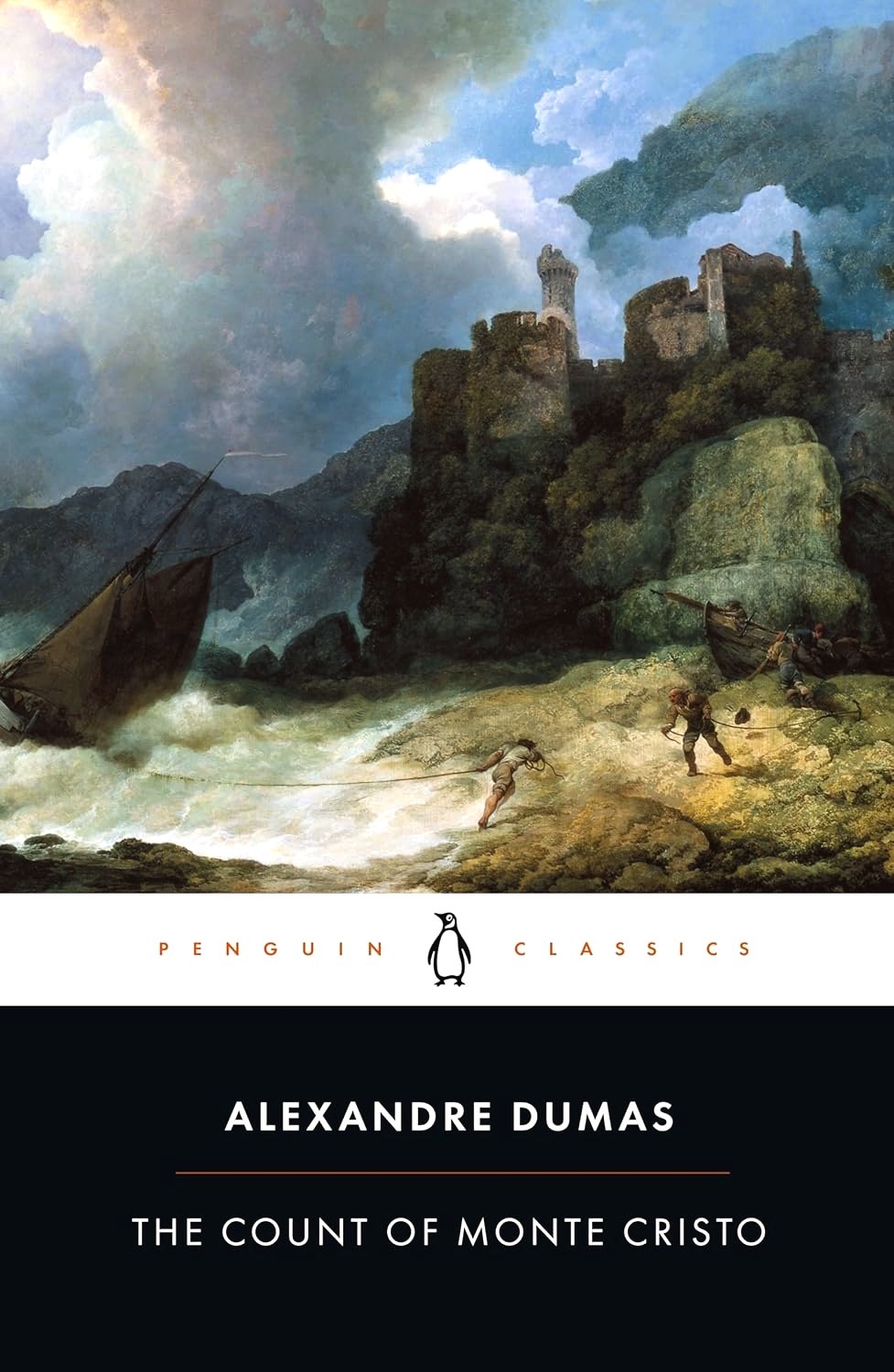If you are close to launching your book or brainstorming ways to market it well, you may have come across the term book trailers. While trailers are commonly associated with the film industry, they are sometimes used for books as well.
Book trailers are a great way to create hype and drop hints about what your book will be about. But what exactly are they, do you need one, and if you do, how do you go about creating the best book trailer for you? Follow this guide for six easy steps to help you make yours!
What Are Book Trailers?
Book trailers are very similar to movie trailers in that they both create buzz for the target audience prior to release day. If you’ve ever watched a well done book trailer you may have been surprised to discover that it was for a book, not a movie, at the end.
This form of marketing creates anticipation in your audience and gives them a taste of what’s to come. Marketing in this way is easy on your audience because they never need to do more than click on the video.
Do You Need One?
The best book trailers draw in the audience and create a desire to read the book as soon as it comes out. Book trailers can help in boosting pre-order sales and create free word of mouth marketing due to the excitement surrounding your trailer.
If you’ve ever waited for a movie to come out and saw the trailer, you likely noticed the view count on YouTube. The more those numbers grow, the higher anticipation grows for the movie. The same is true for book trailers.
How To Create Yours
Follow the six steps below to help get you started on your book trailer journey. Remember, even if you don’t feel equipped to create book trailers on your own, it’s helpful to familiarize yourself with the process.
Additionally, as the writer you play a vital role in the ideation process. While execution is left up to your videographer and any crew you bring into the process, you are the author and therefore have creative freedom.
#1 – Identify Your Audience
This first step may be the most simple because you likely identified your audience prior to writing your book. However, you can take this a step further by asking who is most likely to watch your book trailer and then draft a storyboard for this audience.
If you write historical romance, you’ll want to include fonts and a score that correlates with the time period. If you are creating a science fiction trailer, you have much more freedom with the score.
Knowing your audience is the first step because it sets the vision for what your trailer should become.
#2 – Draft Your Storyboard
Once you have a confident understanding of your audience it’s time to create the outline for your trailer. You may want to use your book synopsis and particularly your elevator pitch to help you in the drafting process.
Knowing what to focus on in the brief minutes you have is crucial to your success. You only have so much time, so including the major plot is a must. Of course, you can sprinkle in subplots here and there, but keep the focus on the primary plot point.
You can find an in-depth guide on storyboarding here.
#3 – Remember Less Is More
Book trailers are only a few minutes long, max. They are created to draw in your reader and create a desire to read the book. With this in mind it’s absolutely essential to remember that less is more.
Book trailers are not designed to give the plot away or drag on. Simply grab your readers from the beginning, share enough plot points that they are enticed, and then wrap it up.
Some of the best book trailers begin in medias res, or in the middle of the action. You only have a minute or two, so skip the peripheral information and jump into the meat of the story.
#4 – Show Don’t Tell
Some book trailers are relatively simple: moving photos behind text. While these are technically book trailers, where possible, follow the writing rule of show don’t tell. If you can use short clips instead of copy, make sure to do so. This will make your trailer all the more enticing.
Even something as simple as filming someone walking along the beach (or whatever setting suits the tone of your book) will take your trailer to an entirely new level.
While you can hire models or actors when filming your book trailer, you may want to steer clear of showing their faces. Leave this up to the theater of the reader’s mind.
#5 – Leave Them Guessing
Movie trailers that seem like a two minute recap of the feature film are discouraging for viewers and can result in lower box office numbers. In the same way, great book trailers are not a short recounting of the story’s plot but rather wet the appetite of readers.
When your trailer finishes and readers sit back in their chair, they should know just enough about the book to make them want to go pre-order it.
#6 – Include An Action Step
Book trailers are a great way to bring in pre-orders. Pre-orders help you with your sales statistics and can sometimes even land you on bestseller lists. The best calls to action are presented when the audience is most willing to invest in your project.
For instance, if you ask viewers to pre-order your book at the beginning of the trailer, most viewers will be unlikely to do so.
However, once you hook your audience and give them just enough of the plot to make them want more, they’ll be much likelier to pre-order. When including an action step make sure you do so toward the end of your trailer.
Bonus: Remember Copyright Laws
Temp music is a great place to start when finding scores for your book trailers. This allows you to get an idea of what type of score you want. Once you have an idea, it’s time to:
- Talk with your composer
- Create your own score
- Or purchase a track
You may want to use your favorite clip from that new movie or footage from The Lord of the Rings, but if you do so, your video will be banned. Thankfully, you can find free stock images and videos online. Always make sure you follow copyright laws when using pre-existing content, or create your own.
Familiarize Yourself With Book Trailers
If the best writers read the most books, then arguably, the best book trailers are a result of seeing what’s been done, what works, and what doesn’t. It’s easy to go down the black hole of the Internet and view trailer after trailer.
Instead, look through a list of the best trailers, add a few that didn’t do so well (so you also know what not to do), and then get to work.
Your fans are eager to see your book put into action and we are eager to see what you come up with. Spread your creative wings and enjoy the privilege of this process!


























